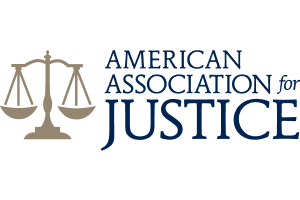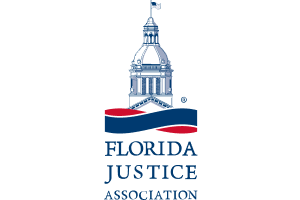Utah Woman Sues Norwegian Cruise Line in Miami After Gangway Fall During Disembarkation
Case Summary: Saundra Smith v. NCL (Bahamas) Ltd.
Case No.: 1:25-cv-21618-BB
Filed: April 8, 2025
Jurisdiction: U.S. District Court, Southern District of Florida (Miami Division)
Plaintiff: Saundra Smith (Resident of Utah)
Defendant: NCL (Bahamas) Ltd., d/b/a Norwegian Cruise Line (Bermuda corporation, headquartered in Miami, FL)
Incident Date: October 20, 2024
Vessel Involved: Norwegian Breakaway
Lawsuit Against Norwegian Cruise Line Over Gangway Injury Aboard NCL Breakaway
- Smith, a wheelchair user, was being assisted by her son while disembarking via a gangway when the wheels of her wheelchair became trapped in a hidden gap between the gangway and a transition plate.
- The fall caused fractures to her tibia and fibula, as well as other physical and emotional injuries.
- The lawsuit claims the hazard was not visible to passengers and that Norwegian had prior notice of similar gangway-related incidents.
Legal Allegations
Count I – Negligent Inspection and Maintenance of Gangway
- NCL allegedly failed to:
- Inspect the gangway for dangerous gaps,
- Properly install or secure the transition plate,
- Follow protocols to ensure safe disembarkation.
- The lawsuit references prior gangway-related incidents, including:
- June 12, 2024 (Pride of America): Passenger’s foot caught between tender and gangway.
- November 29, 2022 (Norwegian Bliss): Passenger fell due to gap between tender and gangway.
Count II – Negligent Failure to Warn
- Plaintiff alleges that Norwegian failed to warn her or other passengers of the gap hazard,
- No signage, oral instruction, or physical barriers were provided,
- Norwegian allegedly had actual or constructive knowledge of these dangers based on similar incidents aboard other NCL vessels.
Count III – Negligent Installation (Vicarious Liability)
- Crew members allegedly failed to:
- Properly install the gangway and transition plate,
- Assist Plaintiff despite visible hazard,
- Halt the disembarkation until the area was safe.
- Norwegian is held vicariously liable for the actions of its onboard crew under maritime agency principles.
Gangway Liability in Maritime Injury Cases
Why This Case Matters:
- Maritime law requires cruise lines to provide “safe ingress and egress” for passengers.
- Gangway and tender-related incidents are a known risk, especially for passengers with mobility impairments.
- Plaintiff’s case is strengthened by citing similar prior incidents, showing a pattern of notice and recurring safety failure.
Duty of Care:
Under general maritime law, cruise operators must:
- Provide a gangway reasonably safe for disembarkation,
- Monitor known hazard zones (e.g., transition plates),
- Take steps to assist mobility-impaired passengers during transfers.
Broader Implications for Cruise Lines and Disabled Passengers
For Cruise Lines:
- Repeated gangway-related incidents may signal systemic inspection or design failures.
- ADA considerations and crew training in passenger disembarkation are critical to reducing liability.
- Proper crew oversight and inspection procedures are essential when handling non-obvious transition hazards.
For Passengers:
- Document incidents immediately.
- Cruise operators may be liable even for hazards not visible, especially when physical limitations are involved.
- Claims may be brought in Florida under forum selection clauses included in cruise ticket contracts.
📞 Call Today
If you or a loved one were injured while boarding or disembarking a cruise ship due to unsafe gangways or mobility barriers, speak to a maritime injury attorney immediately.
Cruise lines have a duty to protect all passengers—including those with disabilities—from foreseeable risks.











